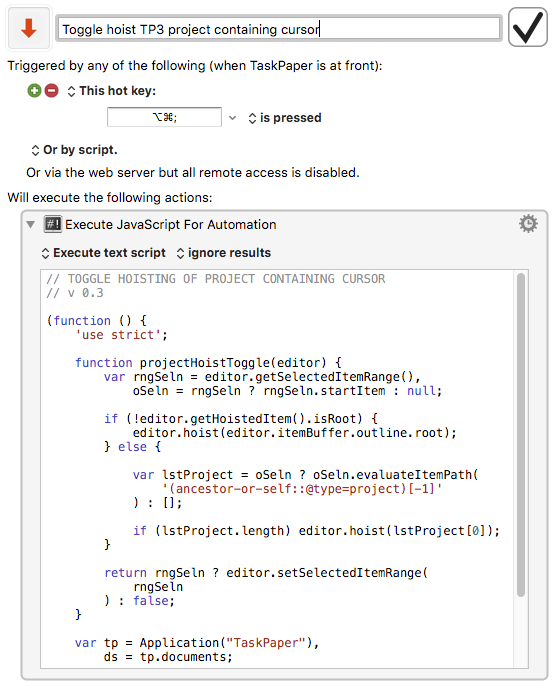
Here, we tested whether IB can be specifically induced by central executive processes.

At what stage of information processing must attention be engaged for IB to occur? Although manipulations that tax visuospatial attention can induce IB, the evidence is more equivocal for tasks that engage attention at late, central stages of information processing. When attention is engaged in a task, unexpected events in the visual scene may go undetected, a phenomenon known as inattentional blindness (IB). Together, these results indicate that visual consciousness depends differently on executive and visuospatial working memory.Įxecutive working memory load induces inattentional blindness. Interestingly, increasing executive load had a generic effect on detection speed, calling into question whether its obstructing effect is specific to the visual awareness threshold. By contrast, the detection threshold was progressively affected under increasing executive load. Results showed that maintaining visuospatial content in working memory hinders visual awareness, irrespective of the amount of information maintained. We hypothesized that visual consciousness would be hindered depending on the type and the size of the load in working memory. More specifically, while participants were performing a visual detection task to measure their visual awareness threshold, they had to concurrently perform either an executive or visuospatial working memory task. In this study, the relationship between visual consciousness and different working memory components is investigated by using a dual-task paradigm. Although they have been closely tied on a theoretical and neural level, empirical work that investigates their relation is largely lacking. PMID:28414499ĭifferent effects of executive and visuospatial working memory on visual consciousness.ĭe Loof, Esther Poppe, Louise Cleeremans, Axel Gevers, Wim Van Opstal, FilipĬonsciousness and working memory are two widely studied cognitive phenomena. These findings are in line with recent evidence using delay-based interference, and suggest that different forms of attentional selection operate relatively independently in visual working memory. Across 7 experiments varying in presentation format, timing, stimulus set, and distractor number, we observed clear disruptive effects of executive load and visual distraction, but relatively minimal evidence supporting an interactive relationship between these factors. We investigated whether executive attention is critical in the ability to exclude unwanted stimuli by introducing concurrent potentially distracting irrelevant items to a visual working memory paradigm, and manipulating executive load using simple or more demanding secondary verbal tasks. The contents of visual working memory are likely to reflect the influence of both executive control resources and information present in the environment.

Executive and Perceptual Distraction in Visual Working Memory


 0 kommentar(er)
0 kommentar(er)
